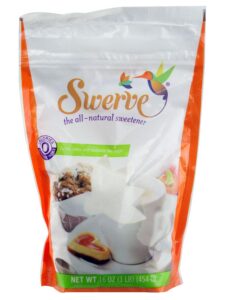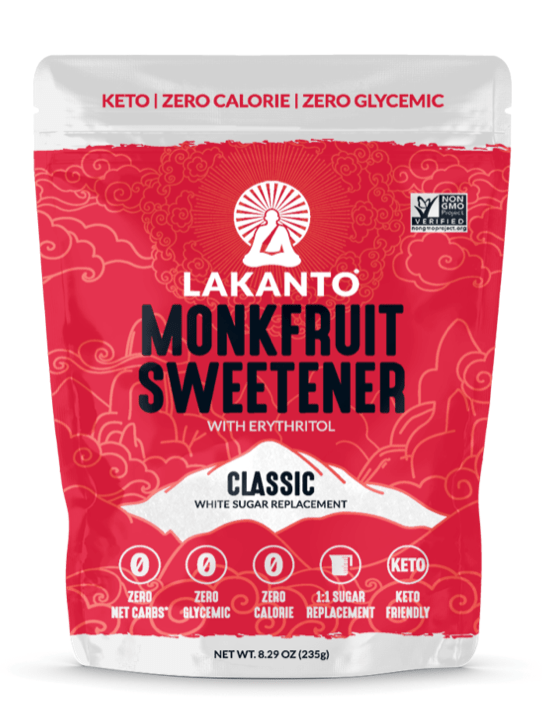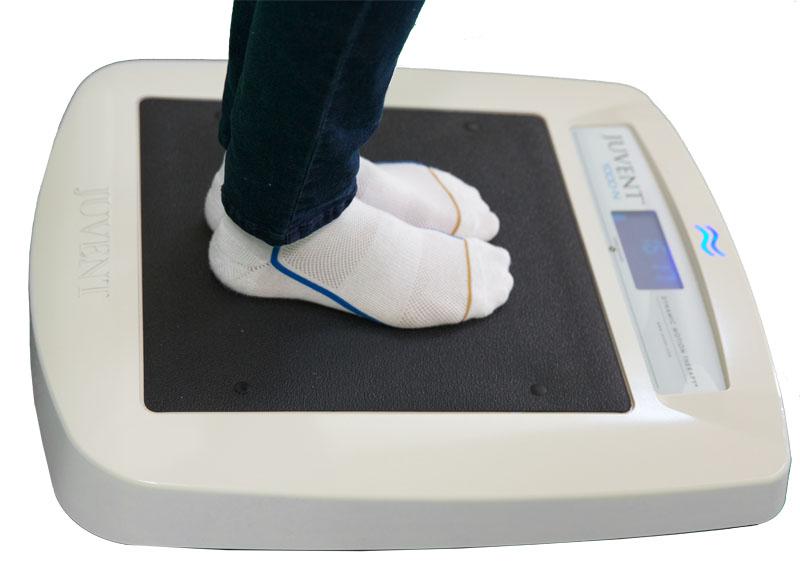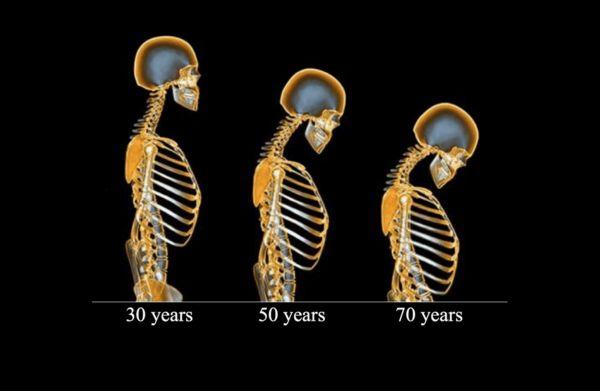 Millions of people suffer from bone ailments like osteoarthritis and osteoporosis. What’s the main culprit? Yep. Acidic body ph and high blood sugar – which cause calcium loss and bone disease. Sugar and refined carbs are the #1 contributor to body acidity, which increases the risk for all disease. This article explains the specific link between sugars, body acidity, and bone maladies. Arthritis affects 1 in 5 adults. Bone loss, or osteoporosis affects approximately 54 million Americans. Studies show that both these bone diseases are directly linked to chronic acidic body pH. That’s caused by mainly SUGAR. This article highlights the root causes of bone disease, which sadly many doctors do not address, instead often prescribing joint replacement, opioids and other pharmaceuticals, each with its own benefits and risks.
Millions of people suffer from bone ailments like osteoarthritis and osteoporosis. What’s the main culprit? Yep. Acidic body ph and high blood sugar – which cause calcium loss and bone disease. Sugar and refined carbs are the #1 contributor to body acidity, which increases the risk for all disease. This article explains the specific link between sugars, body acidity, and bone maladies. Arthritis affects 1 in 5 adults. Bone loss, or osteoporosis affects approximately 54 million Americans. Studies show that both these bone diseases are directly linked to chronic acidic body pH. That’s caused by mainly SUGAR. This article highlights the root causes of bone disease, which sadly many doctors do not address, instead often prescribing joint replacement, opioids and other pharmaceuticals, each with its own benefits and risks.
What’s Arthritis?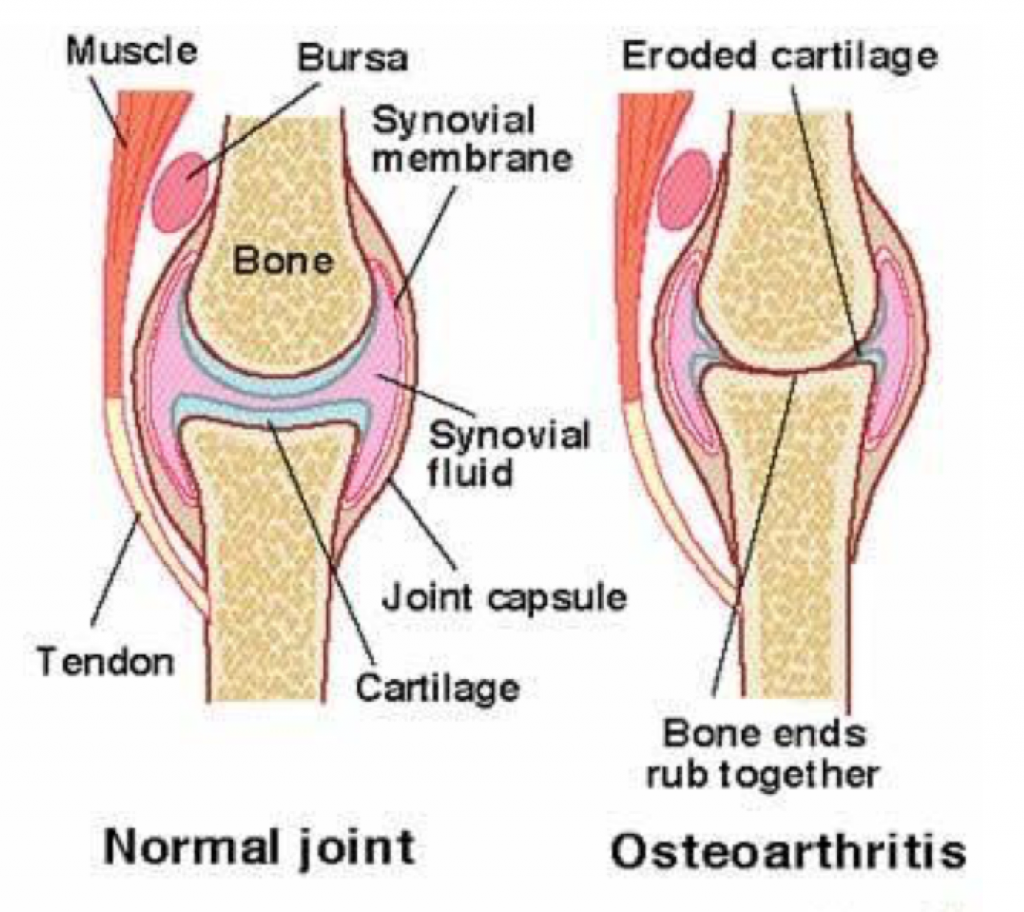
Arthritis means “joint inflammation”. Also called osteoarthritis, it is characterized by the wearing away of the cartilage attached to the joint surfaces. The role of the cartilage is to provide a smooth surface for the bones to move against each other at the joints. When this cartilage is worn away and bare bones rub against each other, it causes extreme pain. Osteoarthritis is often linked to trauma, injury, or calcium deposits in the joints.
What’s Osteoporosis?
Osteoporosis means “porous bones” in Greek. It is the wearing away and weakening of the bone structure, bringing increased risk of fractures. People with osteoporosis often break bones in the hip, spine, and wrist.
Are you ready for a big surprise? The secret culprit and primary cause of bone loss and joint inflammation is a chronic acidic condition in the body, primarily due to sugar and carbs. That’s right, sugar and simple carbs are highly acidic. They leech calcium, and other minerals from the bones. It’s too bad the food industry and medical schools don’t mention this important fact. If you eat sugar, there’s no supplement on Earth that can prevent bone loss and inflammation.
Here are the 6 steps to bone health:
Step 1. Eliminate Sugar and Simple Carbs
Bone disease is caused by an acidic ph condition in the blood. Sugar is acidic. Calcium is alkaline. In order to neutralize the acidic condition, your body leeches calcium from the bones and puts it into the blood.
Calcium is the #l building block for bones. Sugar and simple carbs are so acidic that they cause a dangerously high acid ph in the blood. In order to neutralize an acidic condition, your body “borrows” calcium from the bones, puts it into the blood to keep you alive. The problem is, your body never returns the calcium! Instead it shows up as large amounts of calcium in your urine. The more sugar you eat, the more calcium depletion you will have.
Sugar also ravages your body’s supply of magnesium. Magnesium has an important role in bone health, by influencing the osteoblasts (cells responsible for bone formation) and osteoclasts (cells that break down your bone). Sugar consumption causes large amounts of magnesium to be excreted in the urine, which in turn lowers blood levels of magnesium. Nearly 80% of Americans are said to be deficient in magnesium, and this is often a primary factor in bone diseases. Magnesium helps somewhat to mitigate the problem of osteoporosis, by stimulating the hormone calcitonin, which helps to preserve bone structure by drawing calcium out of the blood and put it back into the bones.
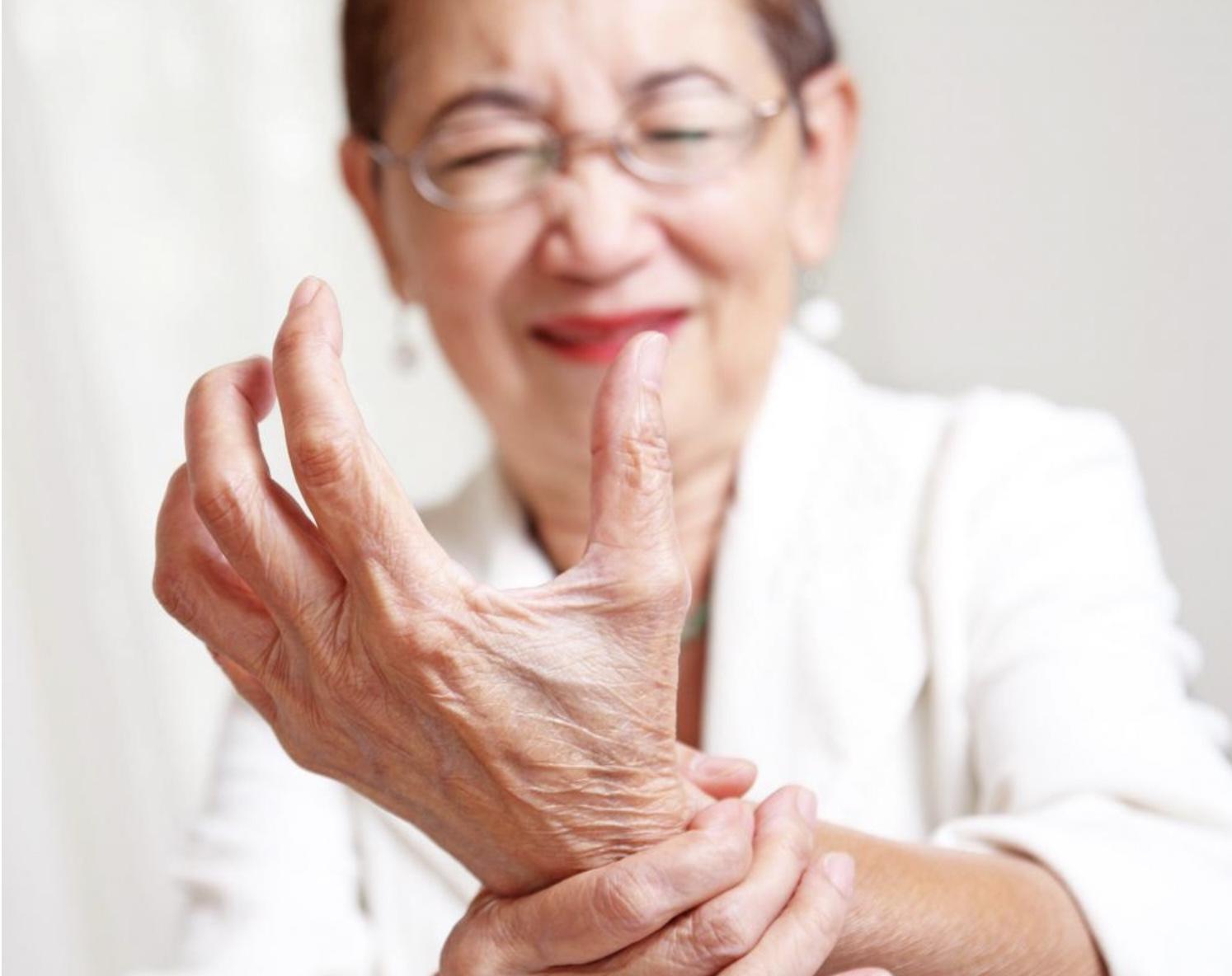
Copper is another bone-building block and an antioxidant. Sugar and simple carbs prevent copper from being absorbed, especially when eaten in conjunction with fats (think buttercream frosting). To make matters worse, high cortisol (adrenaline) levels are also highly acidifying. Sugar and stress together are a double whammy, drawing even more calcium out of your bones. After eating sugar or simple carbs, the subsequent blood sugar crash causes a significant increase in cortisol levels. Long-term high cortisol can also cause severe bone loss.
In the case of arthritis, there is a strong correlation between sugar consumption, high blood glucose, inflammation, acidic ph in the body, arthritic pain, and calcium deposits in the joints.
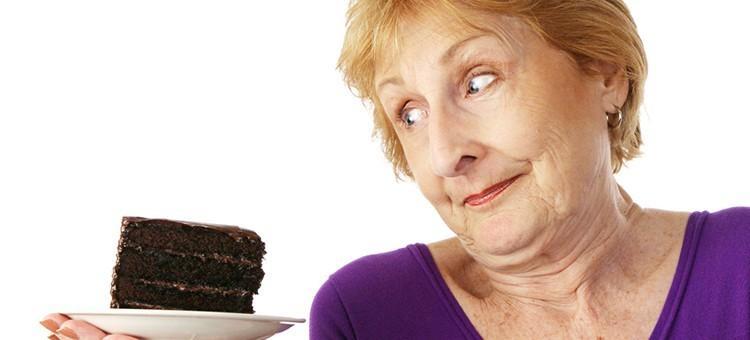 Here’s the rub: No matter how much calcium or magnesium you’re taking, your bones will suffer if you’re eating sugar.
Here’s the rub: No matter how much calcium or magnesium you’re taking, your bones will suffer if you’re eating sugar.
What About “Natural Sugars?”
No loopholes here: Any sweetener that raises blood sugar causes bone damage: Cane sugar, Beet sugar, Maple syrup, Honey, Agave, Coconut sugar, Rice syrup, Date syrup. Even sweet fruits like dates, raisins, mangos, pineapple, and grapes will raise blood sugar. Refined flours that are high in carbohydrates are converted by the body into simple sugars. Even gluten-free flours such as rice, garbanzo, potato, tapioca, arrowroot, and sorghum flour are converted into simple sugars. They raise your blood sugar. The result is calcium loss in your bones, and an acidic condition.
Try these 4 Non-Glycemic natural sweeteners. They won’t cause acidity or raise blood sugar.
1. PURELO – Lo Han Guo, everyday sweetener.
PureLo Lo Han Sweetener by Swanson is made from luo han guo, a sweet Chinese herb. It was raised by monks for centuries, so it is often called “monk fruit”. I trust PureLo by Swanson Vitamins, which is mixed with inulin powder and is approximately six times sweeter than sugar. It has a gratifying sweet flavor and no aftertaste. Even better, it has zero carbs, zero calories, and contains no sugars. After much research, I have not found a PURE source for 100% lo han guo.
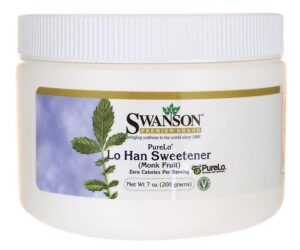 Find PureLo online at swansonvitamins.com. Use 1/6 the amount of sugar called for in a conventional recipe.
Find PureLo online at swansonvitamins.com. Use 1/6 the amount of sugar called for in a conventional recipe.
2. Swerve Sweetener
Swerve is a blend of erythritol, a naturally occurring fermented sweetener. Swerve is my favorite brand of erythritol because, unlike other brands, it is made from non-GMO vegetables and fruits. It has zero calories and does not affect blood sugar. Swerve sweetener works well in most baked goods. I find it does not always dissolve completely when chilled. It is used cup for cup like sugar. Swerve is available in many varieties!
3. Lakanto Sweetener
Lakanto is a non-glycemic sweetener made from Erythritol and Monkfruit that you can buy online. Check it out here:
4. Raw Unprocessed Stevia Leaves or Powder
One of the safest and least processed sweeteners available, pure stevia leaves, or pure green stevia powder are 35-40 times sweeter than sugar. For a delicious way to sweeten your tea, get a stevia plant, available as seeds or starters from stevianow.com. Unprocessed stevia has a lingering aftertaste some people don’t like. Taste buds are very personal, however the flavor of stevia doesn’t bother me at all. Buy organic raw stevia powder as Frontier brand from iherb.com. A 1-pound bag will last you a lifetime! Raw stevia is very different from chemically processed stevioside drops and powders we find in the grocery store. Unfortunately these are also called “stevia”, however they are highly processed with chemicals such as formaldehyde, methyl alcohol, and 250-300 times sweeter than sugar. A proprietary refinement process was developed because the stevia leaf cell walls are so tough, they don’t break with the usual methods of heating or centrifuging. These chemicals are not healthy. Stick with unprocessed stevia leaves, and stay away from processed stevia drops or powders, which are more akin to artificial sweeteners.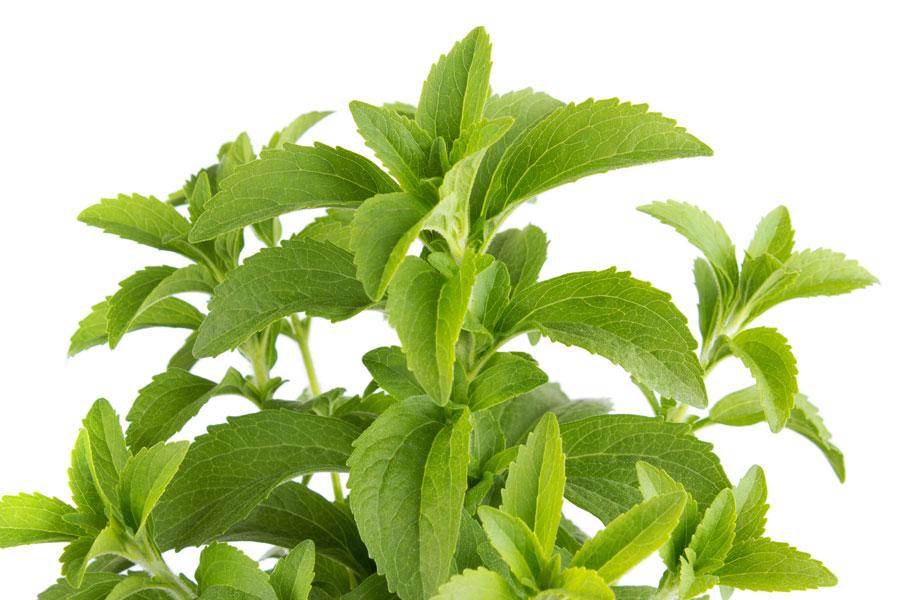 Pure stevia leaves are a wonderful Paleo sweetener. Avoid processed stevia drops or powders.
Pure stevia leaves are a wonderful Paleo sweetener. Avoid processed stevia drops or powders.
With a daily diet of sugar and carbs, it takes just a few years to riddle your bones with holes. That’s osteoporosis.
Sugar and carbs cause acidity, inflammation, swelling, and calcium deposits in the joints. That’s arthritis.
 Three generations of Korean women walking, are a telling demonstration the common pattern of bone degeneration in osteoporosis. Sugars and simple carbs (like white rice) are a key factor.
Three generations of Korean women walking, are a telling demonstration the common pattern of bone degeneration in osteoporosis. Sugars and simple carbs (like white rice) are a key factor.
2. Drink Water, Move the Lymph
Healthy bones need movement and hydration. Synovial fluid, that slippery liquid inside the joints, maintains healthy contact between the bones, lubricates them and helps with shock absorption. The lymph system brings liquid to the joints and washes away toxins. Here’s the rub: Synovial fluid, lymph, and all body fluids depend on your movement in order to function. Synovial fluid as a liquid is directly effected by hydration. So if you aren’t drinking enough water, your joints will suffer badly. How much water should you drink? Let thirst be your guide. Thirst is a sufficient indicator for most people of hydration status. Average is about 70 – 75 oz. per day, in 8 oz. increments. Thus is why your joints stiffen up and feel achy when you’re dehydrated. Drinking more water softens the cartilage around the joints, revives the synovial fluid, and reduces friction. Weight bearing movement benefits the bones and lympatich system. Walking a few miles a day will greatly reduce your risks of bone disease.
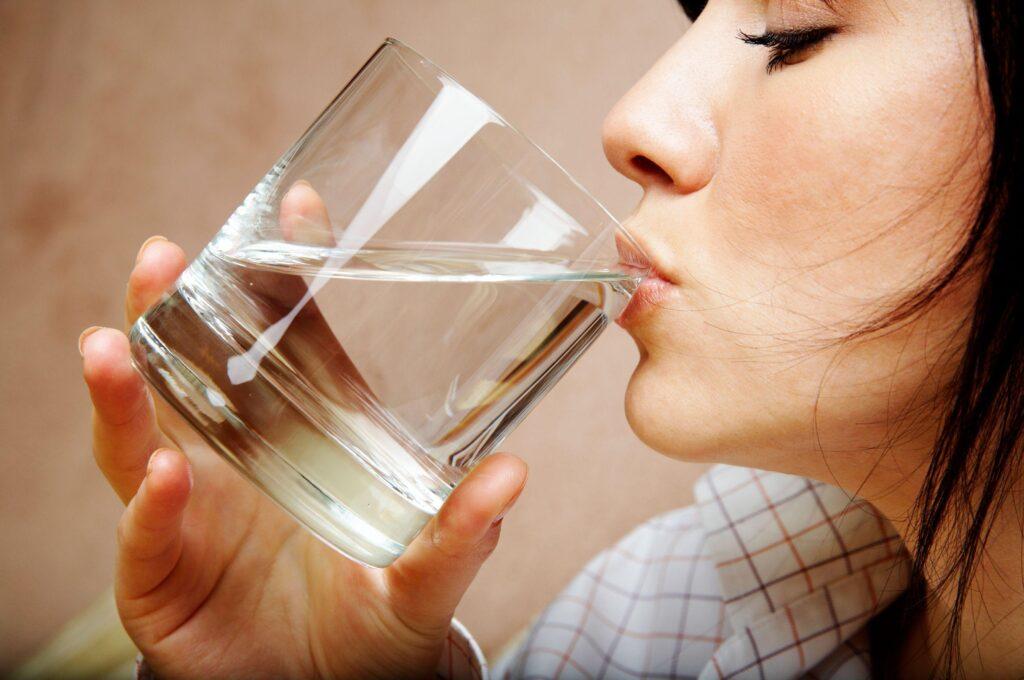
When you don’t exercise regularly, phlegm tends to accumulate subtly and asymptomatically for a long time before provoking any acute crisis. It starts in the stomach and upper digestive tract, slowly moving into the lungs, chest, throat and upper respiratory tract, including the nose and sinuses. Then the head and brain become sluggish and congested. Congestion and stagnation in the lymph and lymphatic system, aggravates the synovial fluids, making it dry and congested. Exercises to help lose weight and build muscles such as your quadriceps are especially helpful for preventing and relieving joint pain.
3: Eliminate Nightshades
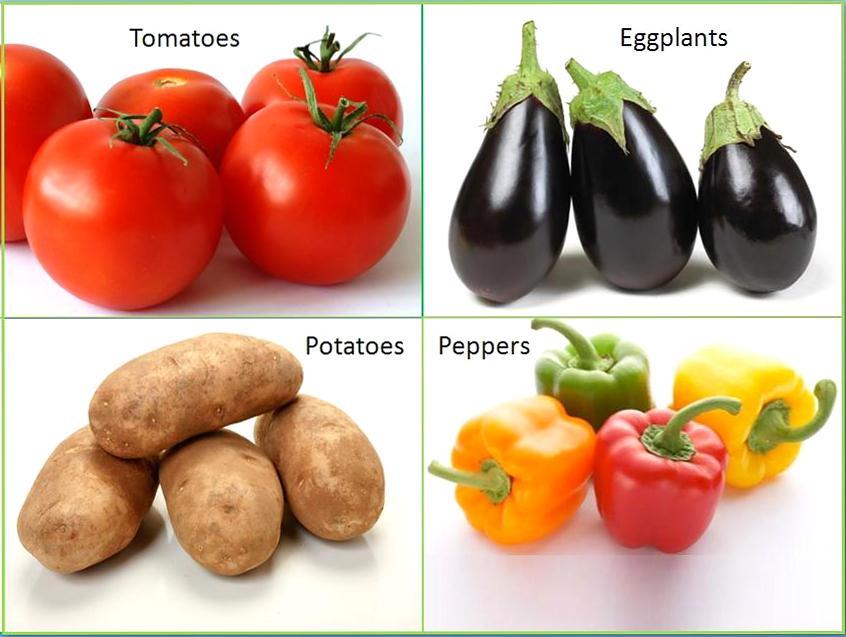 If you suffer from arthritis, osteoarthritis, gluten or dairy intolerance, mood swings, or indigestion, the hidden culprit could be nightshades. Nightshades include Tomatoes, White Potatoes, all Peppers, and Eggplant. Many people are intolerant to nightshades, especially Caucasians, but the results are often delayed weeks, months, or years, making them difficult connect to the true cause.
If you suffer from arthritis, osteoarthritis, gluten or dairy intolerance, mood swings, or indigestion, the hidden culprit could be nightshades. Nightshades include Tomatoes, White Potatoes, all Peppers, and Eggplant. Many people are intolerant to nightshades, especially Caucasians, but the results are often delayed weeks, months, or years, making them difficult connect to the true cause.
Nightshades contain natural chemicals that cause muscle spasms, aches, pains, inflammation, stiffness, and intestinal fissures. Avoiding nightshades will reduce pain, whether or not nightshades are the true source of your pain. Nightshades can also cause heartburn or GERD, which many people notice after eating peppers and tomatoes. Nightshades can develop the active metabolite of vitamin D3 that causes calcification or hardening of cartilage, ligaments, tendons, and mineralization in arteries and veins. It can also create strange calcium deposits in the joints, ligaments, blood vessels, kidneys, and skin. Before and during the Irish potato famine, when potatoes were often the only food source, people suffered from “dropsy”. Nightshades are linked to joint pain and over-sensitivity to weather changes.
Yes, it’s hard to eliminate nightshades – no salsa, no pizza, no mashed potatoes or ratatouille! However it is possible, and it works! The recipes on my websites and books are almost all nightshade free.
4: Lose Some Weight
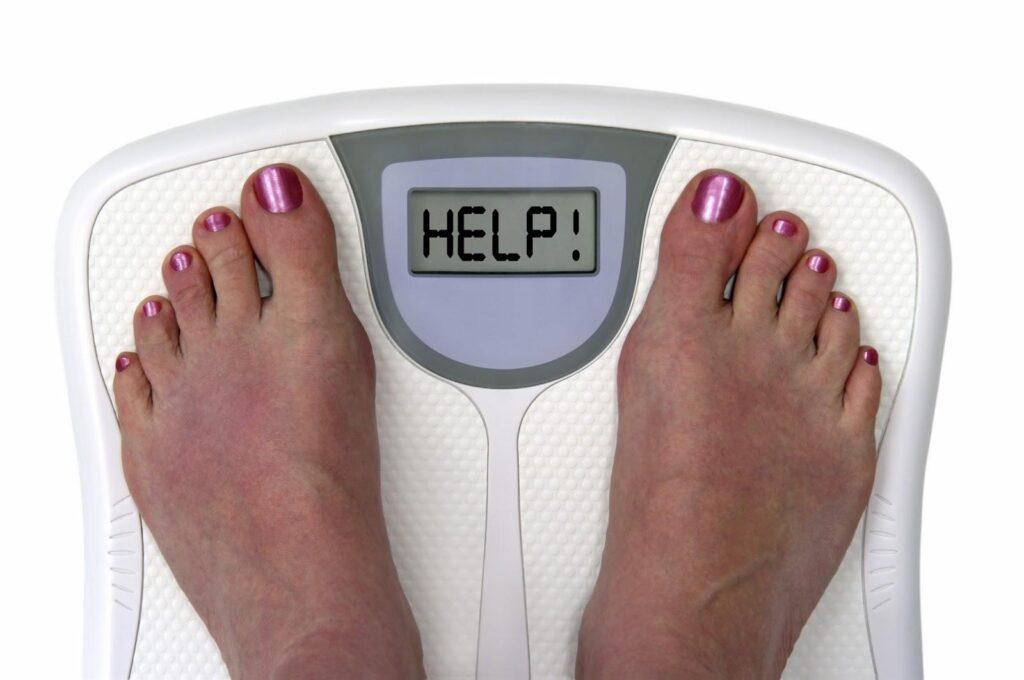 According to The Arthritis Society, every pound of excess body weight puts an additional 6-pound load on a joint, increasing the risk of cartilage damage and swelling. The more weight that’s on a joint, the more stressed the joint becomes, and the more likely it will wear down and be damaged. Arthritis rates are more than twice as high in obese people as those who are normal weight.
According to The Arthritis Society, every pound of excess body weight puts an additional 6-pound load on a joint, increasing the risk of cartilage damage and swelling. The more weight that’s on a joint, the more stressed the joint becomes, and the more likely it will wear down and be damaged. Arthritis rates are more than twice as high in obese people as those who are normal weight.
5: Improve your Computer Posture, Take Breaks
 What’s good computer posture? The head is straight. The spine is straight and its natural curves supported. Shoulders are down and relaxed. Elbows are bent to about 90 degrees. Wrists are straight. Hips and knees are bent to about 90 degrees. Feet are flat on the floor.
What’s good computer posture? The head is straight. The spine is straight and its natural curves supported. Shoulders are down and relaxed. Elbows are bent to about 90 degrees. Wrists are straight. Hips and knees are bent to about 90 degrees. Feet are flat on the floor.
Take a Break every 20 minutes. Move! Breathe!
Even if your posture is perfect, it is very important to move your body and take a break from static positions in order to prevent injury or overload on muscles and joints. Breaks are a very important part of the workday. They can refresh you, and help to maintain your productivity.
6: Weight-Bearing Exercise, Qigong or Micro-Impact Platform
Qigong works strongly on all body fluids: the blood, lymph, synovial and cerebrospinal fluids. Unlike aerobics, Qigong does not dramatically increase the heart rate during exercise. The object of Qigong is not to make the heart pump more strongly, but to increase the communication between the various body systems and increase the vascular elasticity.
Qigong Shaking is one of the most basic movements in most Qigong lineages. Shaking releases tension by relaxing the muscles, organs, bones, and joints. It opens the joints, gently bounces the organs, and detoxifies every cell.
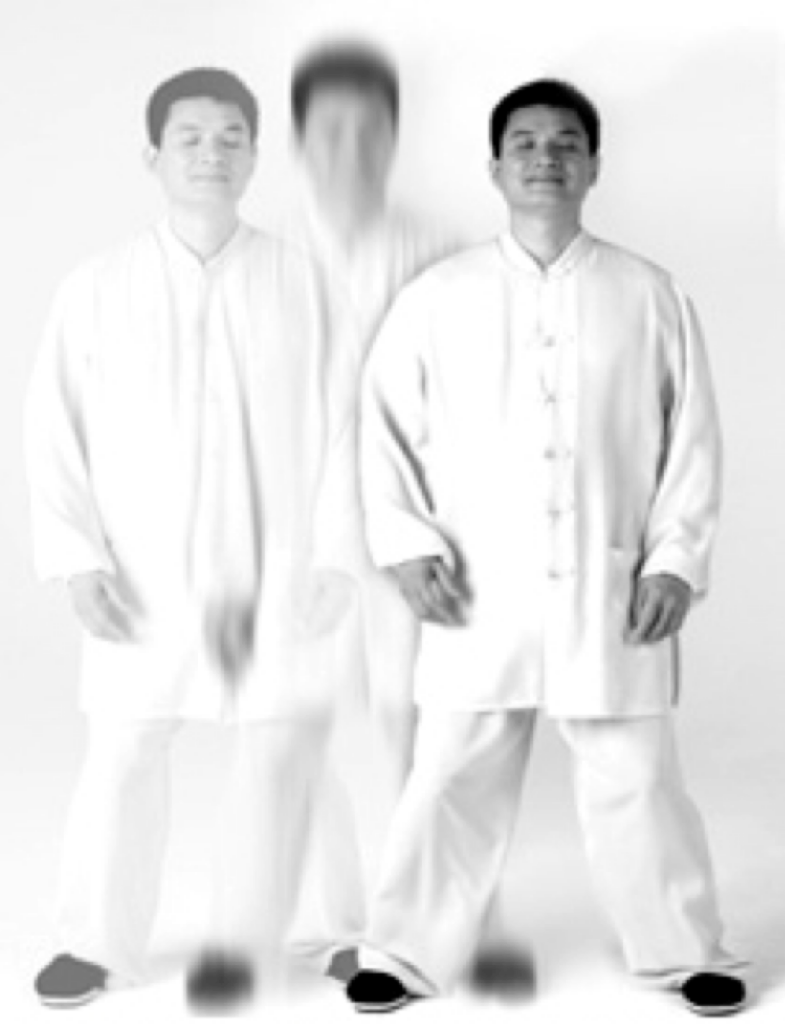 How to Shake:
How to Shake:
Stand up straight with your feet shoulder-width apart. Begin shaking with a gentle up-and down-motion as you breathe freely and fully. The arms can be either hung loose or actively shake them too. Every minute you shake loosens and frees congestion, aids the synovial fluid, and helps the lymph do its job of carrying away toxins in your body. Optimum time to shake is 20 minutes. More than 35 minutes brings you little benefit. But even a little shaking brings great benefit. While you shake, visualize the organs cleaning, the bones and joints freeing, and your body filling with light.
Chinese Medicine (TCM) on Joint Health
Chinese medical doctors say “The kidneys are in charge of the bones.” Essentially, the skeleton’s growth, development, and repair are closely related to the kidneys. Post-menopausal women often suffer from bone loss and kidney weakness. Studies show that bone mass in elderly people is closely related to the level of kidney Qi.
Another factor in bone disease is called “Blood stasis”, or poor circulation of blood and Qi. TCM promotes vigorous exercise and weight bearing movement for bone strength and health.
TCM sees the kidneys as responsible for growth, development, reproduction, bones, bone marrow, brain function including memory, concentration, and intelligence. The kidneys regulate fluid metabolism, hearing, healthy hair, and strong sexual function. Guarding the kidney essence is revered as a high art in ancient Chinese medicine. One of the most time-honored supplements for bone health is The Eternal Bone Healing Formula, containing: Astragalus Root, Asian Ginseng Root, Safflower Flower, Tienchi Ginseng Root, Eucommia Bark, and Tangerine Peel.
Juvent Micro-Impact Platform
It is impossible to achieve total health without a sufficient amount of skeletal impact. It’s that important. Your bones perform many essential functions that rely on healthy impact; it’s one of the fundamental requirements for optimal health. Juvent makes it possible to get daily skeletal impact that is safe, effective and easy.
When you stand on your Juvent Micro-Impace Platform (about the size and shape of a large bathroom scale), you’ll feel a subtle, pleasant stimulation. Starting at your feet and legs, it extends upward through your torso, arms, and upper body. Using our platform just 10 to 20 minutes, three days a week has been shown to help improve blood flow, ease joint, knee and back pain and increase stability.
How The Juvent Platform Works
If you don’t use your muscles, they begin to atrophy, growing weaker and less effective. Your bones work the same way: without exercising the muscles surrounding them, they can become brittle and thin. Juvent’s low-magnitude mechanical impulses passively exercise your bones and muscles, increasing blood flow, relieving pain, and helping increase strength. The video below will help you get a better idea of just how amazing Juvent’s technology really is. For more information:
Other Self-Healing Tools for Joints:
- Eat a high-alkaline, low-acid, non-inflammatory diet
- Yoga
- Supplements such as Glucosamine, Vitamin D, anti-inflammatory supplements including Omega-3 fats, Turmeric, Ginger and Vitamin C.
- Warm-up and stretch before moving to prevent injury
- Use joints carefully without twisting or high impact activities, i.e. bend knees over toes, no torquing or excessive movements, since long-term joint inflammation often begins with a trauma.
- Walking is excellent weight-bearing exercise for your bones, Lymph, and body meridians.
- Balance your hormones
- Herbs: Hydrangea root (a calcium solvent for any part of the body), Brigham herb (high in copper), Yucca (with saponins tsaid to cleanse and purify the blood), and Indian herb Boswellia for inflammation pain.
- Fresh fruits and vegetable juices – celery, cucumber juice, carrot, endive, and apple
- Cold and hot compresses when symptoms occur. This increases blood circulation to the area, reducing inflammation, pain, and stiffness. (1 minute cold, 3 minutes hot)
- Gentle weight-bearing exercise is extremely beneficial to bones and joints.
- Go easy on the salt. Excess sodium can sometimes lead to bone loss.
Conclusion:
Relax. If you take care of your diet and movement, there’s no need to suffer the all too common diseases of the bones and joints. The main culprits of bone loss and degeneration are below. the good news is, they’re relatively easy to remedy.
The Surprising Causes of Bone Disease in the USA, in Priority Order:
- Sugars & Carbs
- Lack of Movement
- Poor Lymph Flow
- Nightshade Intolerance
- Dehydration
- Computer Malaise
- Excessive Acidic Food
- Blood & Qi Stagnation
- Obesity
- Genetic factors
- Salt Imbalance
- Hormone Imbalance
- Mineral deficiencies (calcium, magnesium, vitamin D)
“The myth that osteoporosis is caused by calcium deficiency was created to sell dairy products and calcium supplements. There’s no truth to it. American women are among the biggest consumers of calcium in the world, and they still have one of the highest levels of osteoporosis in the world. And eating even more dairy products and calcium supplements is not going to change that fact.” Dr. John McDougal
Resources:
Arthritis, Osteoporosis, and Chronic Back Conditions – Office of Disease Prevention and Health Promotion
National Osteoporosis Foundation: 54 Million Americans Affected by Osteoporosis and Low Bone Mass
Sodium and bone health: impact of moderately high and low salt intakes on calcium metabolism in postmenopausal women. http://www.ncbi.nlm.nih.gov/pubmed/18410231
Review of risk factors for osteoporosis with particular reference to a possible aetiological role of dietary salt. http://www.ncbi.nlm.nih.gov/pubmed/10717363
Physical activity in the prevention and amelioration of osteoporosis in women : interaction of mechanical, hormonal and dietary factors. http://www.ncbi.nlm.nih.gov/pubmed/16138787
Whole-body vibration exercise in postmenopausal osteoporosis. http://www.ncbi.nlm.nih.gov/pubmed/26327887
Effects of training on bone mass in older adults: a systematic review. http://www.ncbi.nlm.nih.gov/pubmed/22376192
Prevent Low Bone Density Of Osteoporosis By Maintaining A Healthy pH, Low pH Increases Bone Loss
Nutrition & bone health. Blood sugar and bones, By Dr. Susan E. Brown, PhD
Calcium, Vitamin D, and Osteoporosis, by Dr. Joel Fuhrman
Natural Treatment for Osteoarthritis, by Dr. Murray
Nutritional Medicine: Osteoporosis – What You Eat Affects Your Bones, by Dr. Alan Gaby R. MD.
The Relationship Between Fructose and Bone Fragility, Luz Ayda Krafsig, National Science Foundation
Sugar: The Sweet Thief of Life, TheDoctorWithin.com
Price, Weston— Nutrition and Physical Degeneration 1997
Osteoporosis: The Mis-Information Disease, The Heise Health Clinic
The Tree of Light: Calcium and Osteoporosis
Traditional Chinese Medicine for Stiff and Aching Joints – by Kate Kent, R TCMP, R Ac
Traditional Chinese Medicine and Bone Health, Pacific College of Oriental Medicine
DIETARY SUGGESTIONS FOR CHRONIC PAIN, By Robert R. Ballentine



